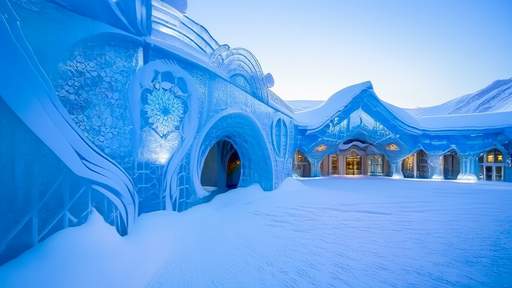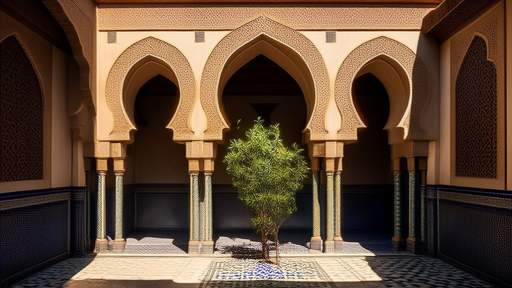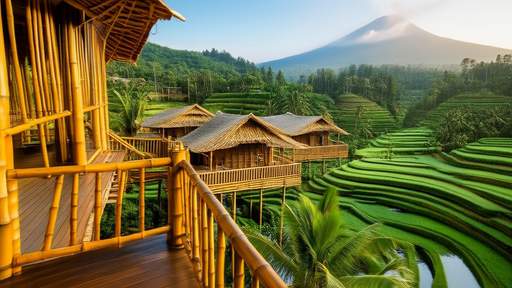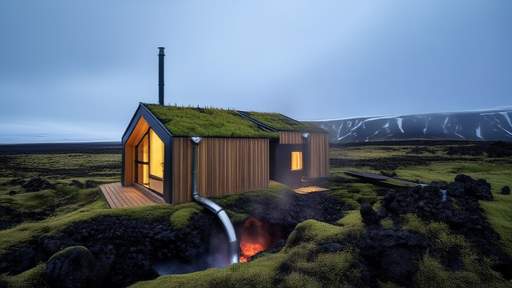Bamboo Villas in Bali: The Art of Termite-Proofing
Nestled amidst Bali’s lush landscapes, bamboo villas have become synonymous with sustainable luxury. These architectural marvels blend seamlessly with nature, offering an eco-friendly alternative to conventional construction. However, bamboo’s organic composition makes it vulnerable to termites, a persistent threat in tropical climates. To combat this, Balinese artisans and builders have developed sophisticated termite-proofing techniques that preserve the material’s integrity while ensuring longevity.
The process begins with the careful selection of bamboo. Not all species are created equal, and builders prioritize those with natural resistance to pests. Bamboo harvested during the dry season is preferred, as its lower moisture content reduces the risk of fungal and insect infestations. Once cut, the bamboo undergoes a rigorous curing process to further minimize moisture, a critical step in preventing decay.
Traditional methods meet modern innovation in Bali’s termite-proofing practices. One age-old technique involves soaking bamboo in saltwater or borax solutions, which penetrate the fibers and create an inhospitable environment for termites. This method, passed down through generations, remains effective but has been refined with contemporary additives for enhanced protection. In recent years, chemical treatments like boric acid and copper-based solutions have gained popularity, offering longer-lasting defense without compromising bamboo’s aesthetic appeal.
Another layer of protection comes from heat treatment. By subjecting bamboo to controlled high temperatures, builders can eliminate sugars and starches that attract pests. This process, known as carbonization, not only deters termites but also darkens the bamboo, giving it a rich, caramelized hue. The result is both functional and visually striking, a testament to Bali’s commitment to marrying form and function.
The construction phase itself incorporates preventive measures. Elevating bamboo structures on stone or concrete foundations creates a physical barrier against ground-dwelling termites. Similarly, using stainless steel fasteners instead of traditional nails prevents rust and reduces points of vulnerability. Builders also apply protective coatings—often derived from natural oils like neem or linseed—to seal the bamboo’s surface and repel moisture.
Sustainability lies at the heart of these practices. While termite-proofing is essential, Balinese craftsmen are mindful of environmental impact. Many opt for non-toxic, biodegradable treatments that safeguard both the bamboo and the surrounding ecosystem. This philosophy extends to maintenance, where regular inspections and eco-friendly repellents help sustain the villa’s defenses over time.
Beyond technical solutions, Bali’s bamboo architecture thrives on community knowledge. Local builders possess an intimate understanding of the island’s climate and pest behavior, allowing them to tailor treatments to specific conditions. This wisdom, combined with global research on bamboo preservation, ensures that each villa is as resilient as it is beautiful.
For travelers and homeowners alike, these innovations offer peace of mind. A termite-proofed bamboo villa isn’t just a temporary retreat—it’s a durable sanctuary designed to withstand the tropics’ challenges. As Bali continues to pioneer sustainable construction, its bamboo villas stand as a testament to the harmony between human ingenuity and nature’s resources.
The allure of bamboo lies not only in its elegance but in its adaptability. Through meticulous termite-proofing, Bali has transformed this humble material into a cornerstone of eco-conscious living. Whether nestled in Ubud’s jungles or perched above Canggu’s cliffs, these villas embody a future where sustainability and luxury coexist effortlessly.

By /Jun 5, 2025

By /Jun 5, 2025

By /Jun 5, 2025

By /Jun 5, 2025

By /Jun 5, 2025

By /Jun 5, 2025

By /Jun 5, 2025

By /Jun 5, 2025

By /Jun 5, 2025

By /Jun 5, 2025

By /Jun 5, 2025

By /Jun 5, 2025

By /Jun 5, 2025

By /Jun 5, 2025

By /Jun 5, 2025

By /Jun 5, 2025

By /Jun 5, 2025

By /Jun 5, 2025

By /Jun 5, 2025

By /Jun 5, 2025